A cult, homelessness and a teenage marriage: the extraordinary life of Julian Assange
There is no one version of Julian Assange. Depending on who you speak to, the 52-year-old Wikileaks founder ranges from anywhere between criminal, treasonist and lunatic, to a freedom fighter and revolutionary. In 2010, he was the overwhelming winner of the popular vote for Time magazine’s “Person of the Year”. There were simultaneously calls for his assasination.
An editor, activist and hacker, Assange is best known for founding Wikileaks. Since 2006, the website has published millions of classified documents, including hacked emails from corporations and public figures, international trade agreements, and foreign government records, fundamentally shifting public perceptions about war and the power of the US state.
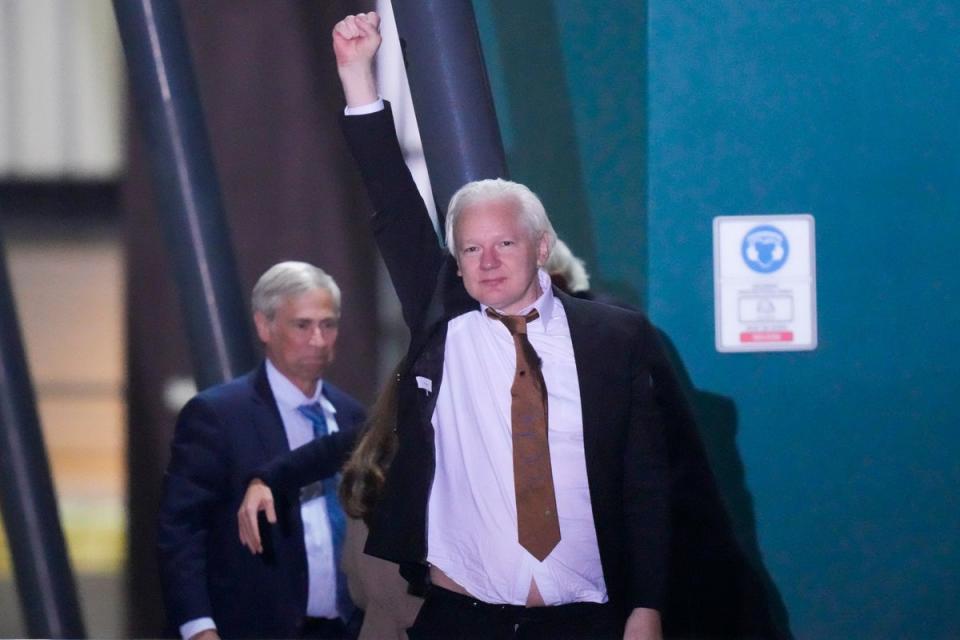
It is for this reason that, since 2010, Assange has been under arrest, famously spending seven years holed up in the UK’s Ecuadorian embassy, and five years in London’s high-security Belmarsh prison.
But on Tuesday 25th June, almost 14 years after Wikileaks’ first mass leak of secret military and diplomatic files, Assange is finally a free man. He has reportedly struck a plea deal with the US, agreeing to plead guilty to a single criminal count of conspiring to obtain and disclose classified US national defence documents, according to filings in the US district court for the Northern Mariana Islands.
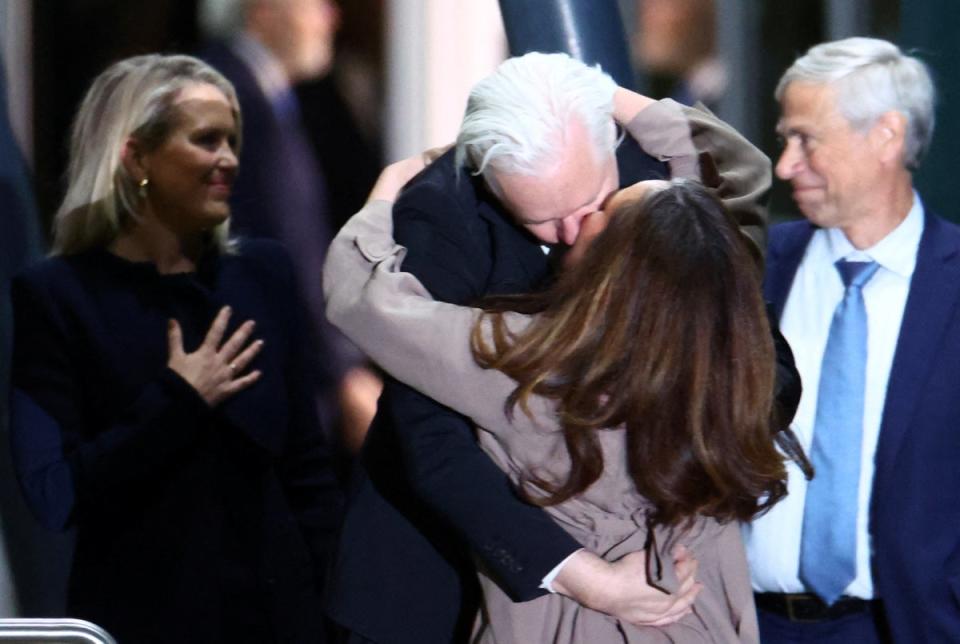
Wikileaks shared a video of its founder on social media boarding a flight at London’s Stansted airport on Monday evening and Australian prime minister Anthony Albanese confirmed he had left the UK. He pleaded guilty to a judge on the tiny Pacific island of Saipan before jetting off to Canberra where he was greeted by his wife, Stella Moris, family and supporters.
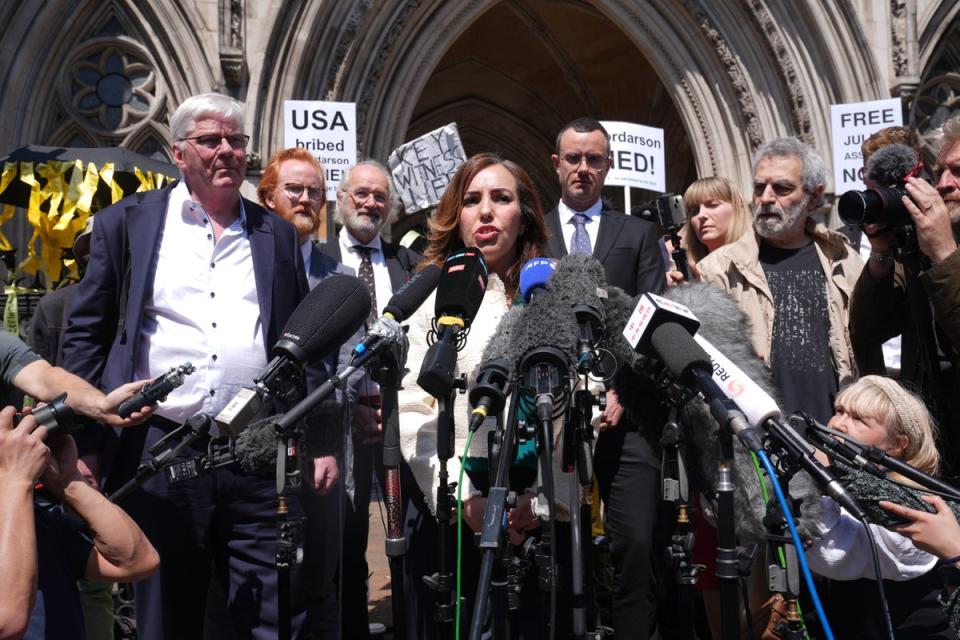
Much like his public perception, little about Assange’s own life has ever been straightforward. From escaping a cult at a young age, bouts of homelessness and a spell at the forefront of Melbourne’s rave scene, he has always been a man of exceptional mystery.
Here is everything you need to know about the extraordinary life of Julian Assange.
An eventful childhood – escaping a cult and moving to 37 different cities
Born Julian Hawkins in 1971 in Townsville, a city on the north-east coast of Queensland, Australia, his mother Christine was a visual artist, and his father John Shipton, an anti-war activist and builder. A year or so after he was born, Assange’s parents split up, and he did not meet Shipton again until he was 25.
Despite their estrangement, Assange believed he had inherited his "rebel gene" from his unconventional father. In 2006, when he first registered the wikileaks.org domain, it was under Shipton’s name.
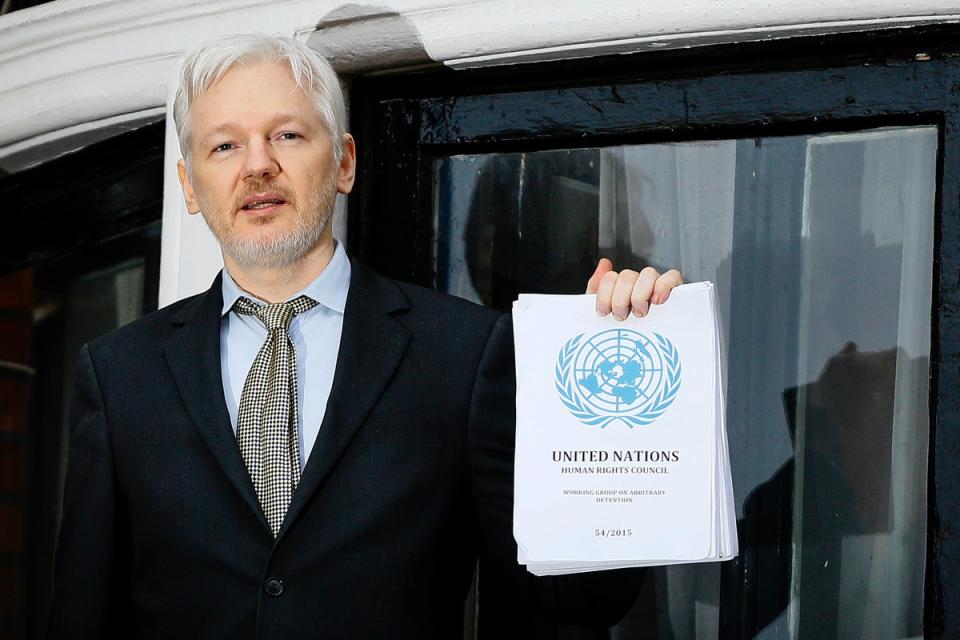
When he was one year old, his mother married Brett Assange, a travelling actor and theatre producer, and part of Australia’s growing counterculture. Together, the pair roved around the country with their young son, running a small theatre company and performing. Assange regards Brett as his father (choosing Assange as his surname).
Assange has, over the years, given slightly conflicting accounts of his childhood. In an in-depth 2010 interview with the New Yorker, he describes in colourful detail an idyllic life after the family settled for a time on Magnetic Island, off the east coast of Australia, before their house burnt down. “Most of this time was pretty Tom Sawyer,” he said. “I had my own horse. I built my own raft. I went fishing. I was down mine shafts and tunnels.”
However, in a separate account in Underground, a 1997 book about hacking that Assange contributed to, Julian claimed his stepfather was a good man, but also an alcoholic.
Perhaps the most pivotal moment in Assange’s childhood – and one that would go on to inform his political convictions – was an incident that occurred when he was about four years old. In Underground, he describes how his mother and a male friend of hers uncovered evidence concerning secret British nuclear bomb tests which had taken place in Maralinga, south Australia. When they attempted to give the information to an Adelaide journalist, his mother’s friend was beaten by police, and Christine was warned that she was in danger of being charged with being “an unfit mother”.

When Assange was around eight years old, his mother and stepfather Brett divorced. Christine then became involved with Leif Meynell, also known as Leif Hamilton, with whom, according to Assange, she formed a “tempestuous” relationship. He describes Hamilton as a “manipulative and violent psychopath”, claiming that he was "a member of an Australian cult" called The Family. The pair had another son, but separated in 1982, leading to a bitter custody battle over Assange’s half-brother.
"My mother became involved with a person who seems to be the son of Anne Hamilton-Byrne, of the Anne Hamilton-Byrne cult in Australia," said Assange, "and we kept getting tracked down, possibly because of leaks in the social security system, and having to leave very quickly to a new city, and lived under assumed names."
For the next six years, Assange and his mother lived as fugitives. This peripatetic childhood led to him reportedly living in more than 30 Australian towns and cities. This lifestyle, combined with his mother’s suspicion of overly-disciplinarian school culture, meant Assange was either home-schooled, independently educated by teachers his mother met on their travels, and self-taught. By the time he was 14, Julian and his mother had moved 37 times.
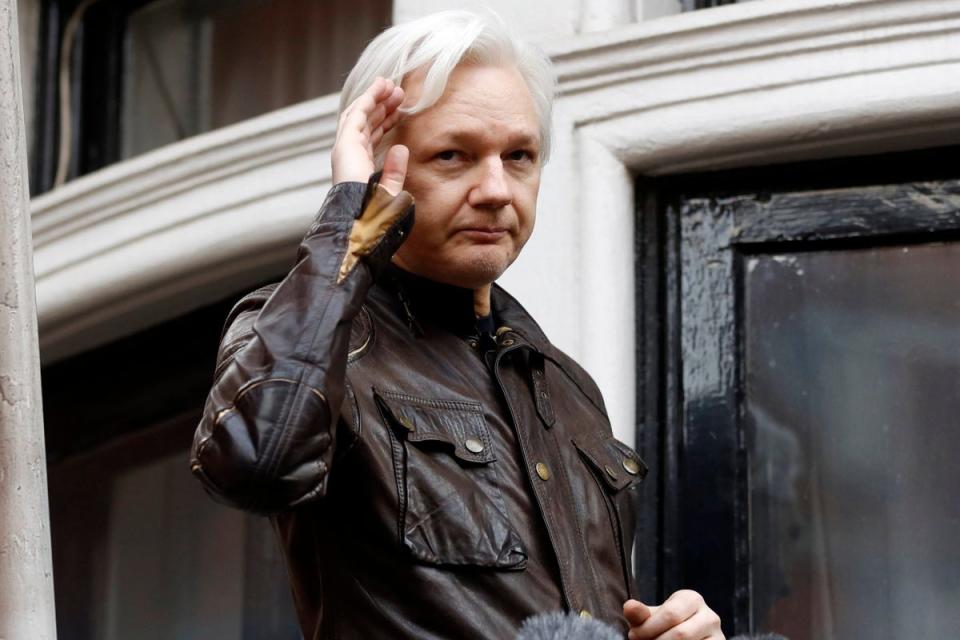
"I spent a lot of time in libraries going from one thing to another, looking closely at the books I found in citations," he told the New Yorker. "Some people are really horrified and say: 'You poor thing, you went to all these schools.' But actually during this period I really liked it," he later said.
“We were bright sensitive kids who didn’t fit into the dominant subculture and fiercely castigated those who did as irredeemable boneheads,” Assange wrote in a blog he posted in July 2006, referring to himself and other similar “outcast” children.
Homelessness, a mental breakdown and the beginnings of Assange’s “hacktivism”
At some point in his early teens, Assange and his mother moved into a house across the street from an electronics shop. During this time, an underground subculture of hacking was growing in Melbourne. Assange wrote his first programs on a primitive Commodore 64 and was immediately taken by the world of technology.
By 1987, aged 16, Assange had become a skilled hacker under the name Mendax, joining two other fledgling hackers to form a group called the "International Subversives”. They hacked into the computer systems of some of America's most sensitive government installations, including nuclear weapon labs. The group’s motto formed the basis of what Assange went on to describe as “hacktivism” – don't damage or crash networks you hack into; don't mess with the data and share information.
However, it wasn’t long before the authorities got involved. Around this time, the police raided his mother's home and confiscated his equipment. According to Assange, "it involved some dodgy character who was alleging that we had stolen five hundred thousand dollars from Citibank".
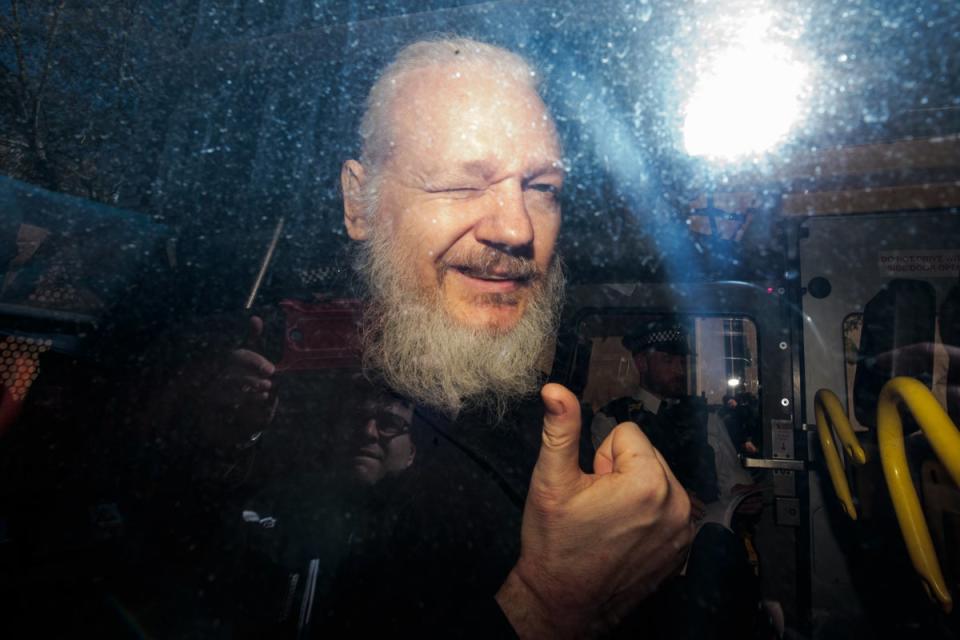
By 1991, Assange was labelled as "probably Australia's most accomplished hacker" in the Guardian. Around that time, Australian federal authorities launched a major investigation into the International Subversives, which, according to an account in Underground, led him to a state of intense paranoia. "Mendax dreamed of police raids all the time. He dreamed of footsteps crunching on the driveway gravel, of shadows in the pre-dawn darkness, of a gun-toting police squad bursting through his backdoor at 5am."
In 1991, Assange was arrested on 31 counts of computer-related crime, which prompted something of a mental breakdown. He describes the year that followed as the “worst of [his] life”. He briefly entered a psychiatric ward, tried and failed to return home to live with his mother, and often slept along Merri Creek in Melbourne or in Sherbrooke Forest, a national park in Victoria. After years of pre-trial litigation, even though he pleaded guilty to 25 counts, Assange got away with only paying a small amount in compensation.
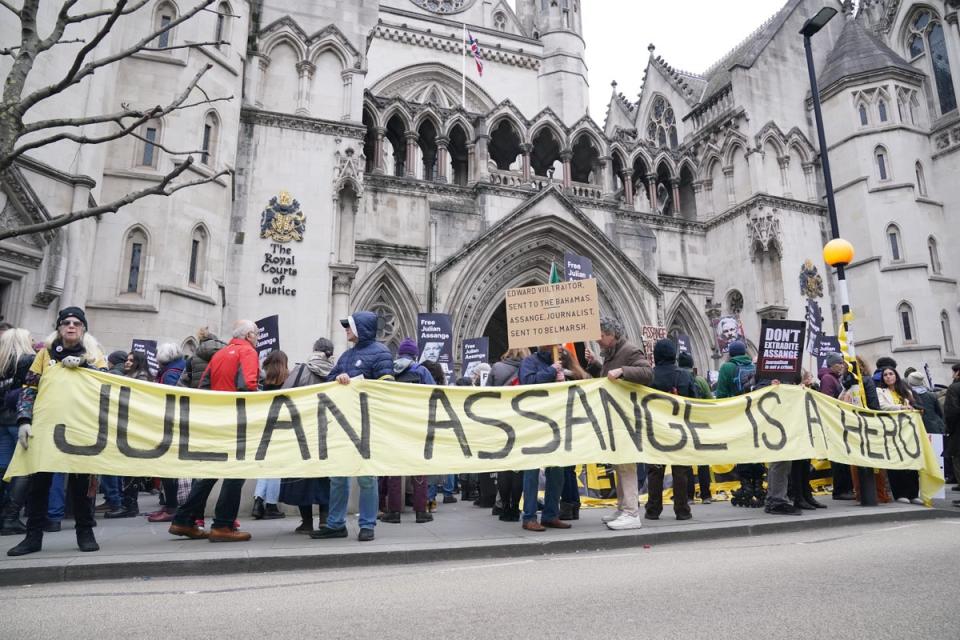
Exhausted from his legal battles, Assange travelled around Asia, before enrolling at Central Queensland University and then at the University of Melbourne. He became involved in the Melbourne rave scene, and helped to install an internet kiosk at a club night Psychic Harmony where he was nicknamed "Prof". Years later, the club coordinator was talking to a friend, who remarked: "Isn't it funny what happened to Prof, man?" "Ollie was like 'what do you mean?' — he had no idea what he was talking about," Paul Fleckney, author of Techno Shuffle: Rave Culture and the Melbourne Underground, said in a 2018 interview. "His friend was like, 'well, that's Julian Assange'”.
Two marriages and four “love children” – Assange’s complicated love life
When Assange was a teenager, he fell in love with a 16-year-old girl, Teresa, whom he had met at a program for gifted children. He left home, moved in with her, and the pair quickly married and had a son, all while still teenagers themselves.
However, it was during this time that Assange was becoming increasingly paranoid about the police. He reportedly became so anxious that Teresa found his behaviour too intolerable to bear and moved out, taking with her their young son. What followed was a bitter child custody battle, aided by Assange's mother. She told the New Yorker her son’s brown hair turned white during the dispute, and she and Julian even launched an organisation to campaign against local child protection authorities.
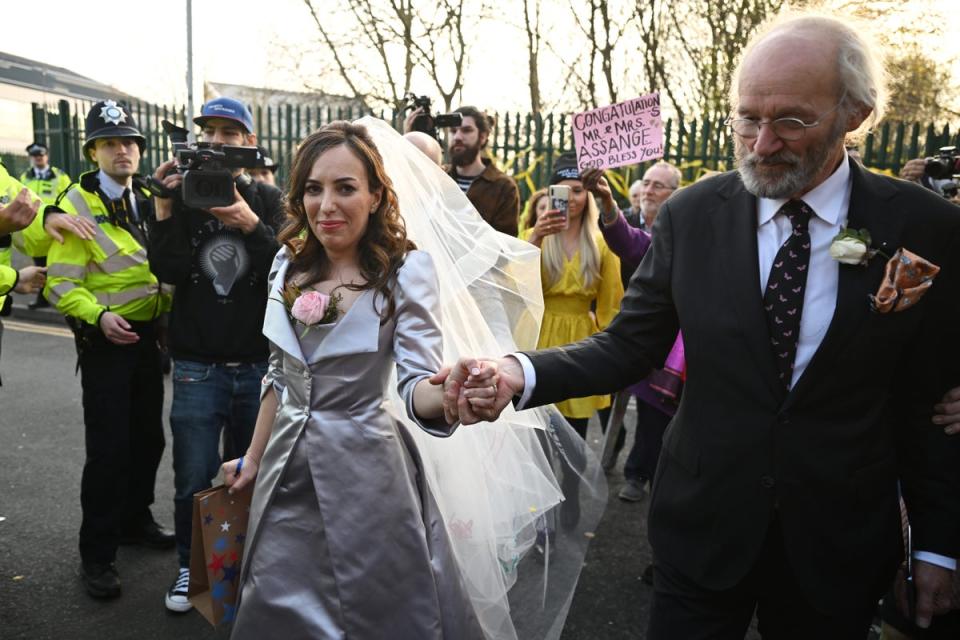
Assange reportedly has innumerable children. In his book Inside WikiLeaks, his former WikiLeaks colleague Daniel Domscheit-Berg wrote that Assange would often boast about having at least four “love children”, saying: “He seemed to enjoy the idea of lots and lots of Julians, one on every continent.”
In 2006, Assange created a dating profile on the website OkCupid with the username Harry Harrison. He described himself as a "passionate, and often pig headed activist intellectual" who was "directing a consuming, dangerous human rights project" and looking for a "siren for [a] love affair, children and occasional criminal conspiracy". He was 36 years old, 6ft 2ins tall and, said the site's online test, "87% slut." He began: "WARNING: Want a regular, down to earth guy? Keep moving ... I am DANGER, ACHTUNG!" (The profile was verified by OkCupid CEO Sam Yagan).
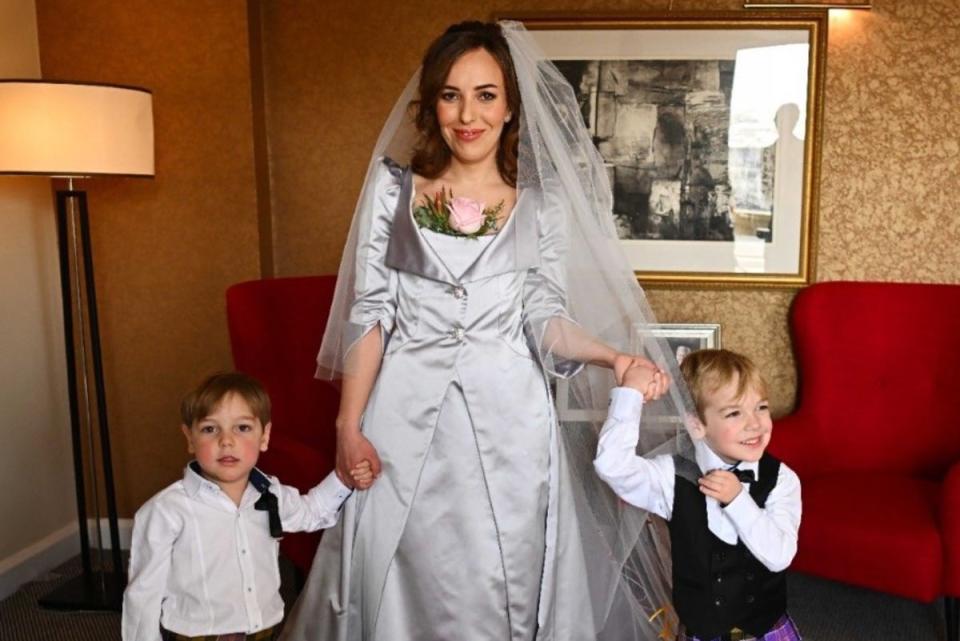
In 2011, Assange met 28-year-old South African-born lawyer Sara Gonzalez Devant, at Frontline Mews, a property owned by Assange’s friend and Wikileaks supporter Captain Vaughan Smith, where Assange initially lived while under house arrest. An international law expert, she joined Assange’s legal team to assist in his battle against extradition to Sweden. In 2012, she changed her name to Stella Moris to safeguard her identity and protect her family during her work with Assange.
The pair discovered they had a lot in common – both were freedom of information stalwarts, and had experienced itinerant childhoods. “He had a very intense gaze,” Moris said of Assange in a 2021 interview with the Guardian. “He didn’t do small talk. He wanted to know where I was coming from. The day I met him, we spoke for two hours. I told him about my life. Julian is unlike anyone I have ever met.”
After Assange entered the Ecuadorian embassy in 2012, he and Moris became closer. “I spent a lot of time with him. I got to know him,” she says. The pair began dating, despite Assange still being holed up in the embassy. “We set up a tent for privacy and escapism – it was quite cosy,” Moris said. “The cameras multiplied over time. Eventually there was nowhere to go without one hanging over your head…We never showed affection in front of people. Some conversations we had on paper, like when I told him I was pregnant.”
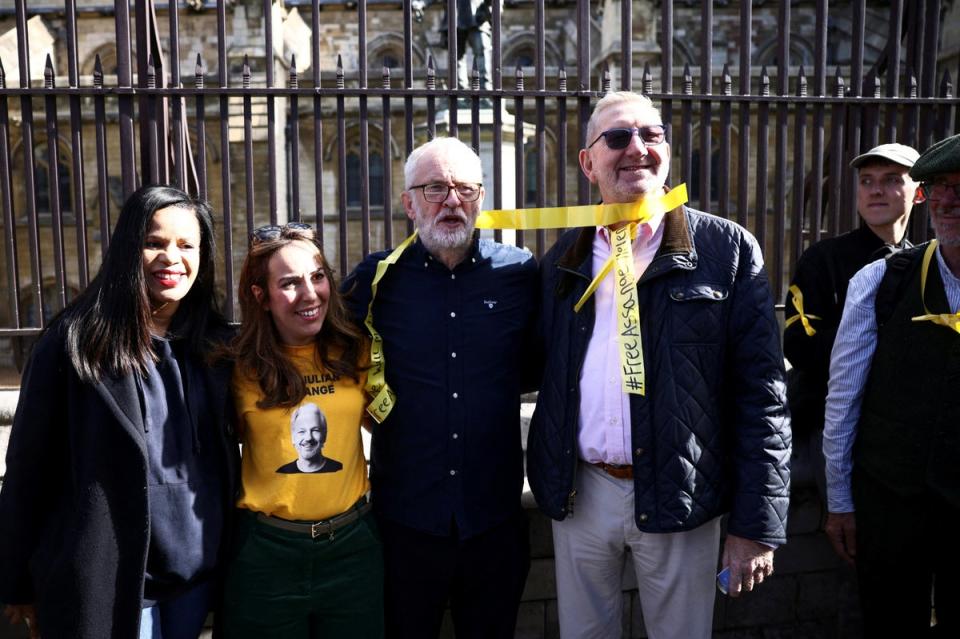
Moris hid her pregnancy from the media and her family by wearing baggy clothes, and saying she had put on weight. “I was 32, 33 and we decided to start a family. Sure, not the ideal circumstances, but it felt right,” she said. They had two sons, Gabriel born in 2017, and Max born in 2019.
The couple were engaged in 2017. Four years later they said they were preparing legal action against then Deputy UK Prime Minister Dominic Raab and Jenny Louis, governor of Belmarsh Prison, accusing them of denying them and their two children's human rights by blocking and delaying their marriage. In November 2021 the prison service granted permission for the couple to marry in Belmarsh Prison. They married in March the following year, with Stella wearing a dress designed by Vivienne Westwood. Six guests attended, including Mr Assange's two brothers and his father.
Wikileaks, Chelsea Manning and the beginning of Assange’s legal battle
What made Assange’s name was the founding of Wikileaks, in 2006, the same year Twitter was founded.
Wikileaks’ biggest breakthrough came in April 2010, and it marked the beginning of what was to become a 14-year legal battle for Assange. He travelled to Washington, where he unveiled a 2007 combat video which he named Collateral Murder. Filmed from the flight deck of an American Apache helicopter in Baghdad, it showed the crew repeatedly opening fire on a group of civilians, including some people in a van which approached and began to help the injured.
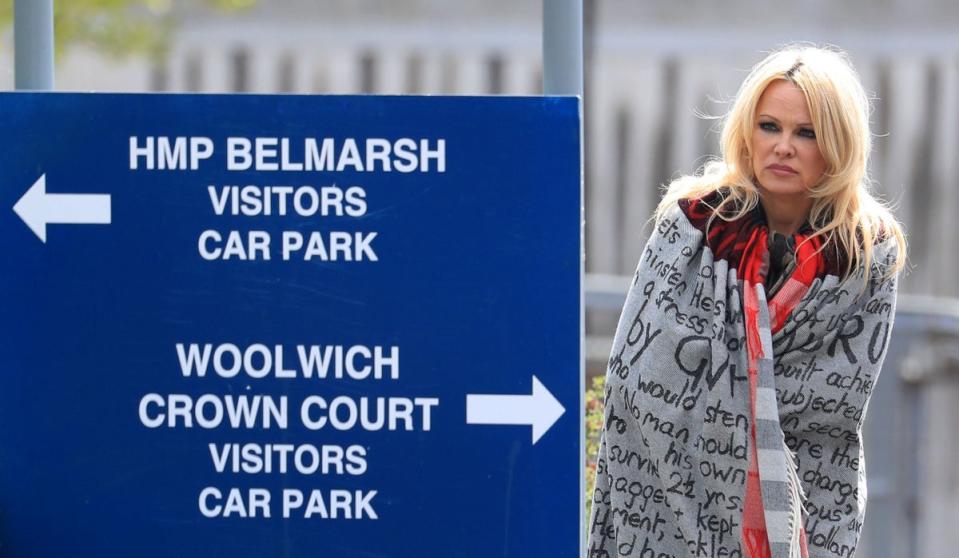
Two of the men killed in the incident were a Reuters photographer and his driver. Assange accused the helicopter crew of treating its work like a video game. "Their desire was simply to kill," he said. "Their desire was to get high scores on that video game."
The whistleblower behind the Collateral Murder video was a US Army soldier stationed in Iraq named Chelsea Manning. In early 2010, deeply troubled by the actions of fellow soldiers, Manning made the decision to leak nearly 750,000 military and diplomatic documents to WikiLeaks. This trove included the Afghan and Iraq war logs and over 251,000 US State Department cables from 271 embassies and consulates worldwide, collectively dubbed Cablegate.
Assange forged a groundbreaking partnership with five major newspapers: The Guardian, The New York Times, Der Spiegel, El País, and Le Monde. Together, they published the explosive revelations, sending shockwaves around the globe, igniting widespread debate and casting a harsh spotlight on America's role in international conflicts.
“Free Julian Assange” – fourteen years spent in the Ecuadorian embassy and Belmarsh prison
In August 2010, just days after WikiLeaks and its media partners began releasing the Afghan war logs, Sweden’s prosecutor's office issued an arrest warrant for Assange. The arrest followed allegations of rape and molestation by two women – Assange maintained that both encounters were consensual and the accusations were baseless.
By May 2012, the UK Supreme Court had ruled that Assange should be extradited to Sweden. The following month, Assange sought refuge in the Ecuadorian embassy in London, using the diplomatic immunity of the premises to avoid arrest and breaching his bail conditions in the process. Two months later, Ecuador granted him political asylum, citing concerns that his human rights might be violated if extradited.
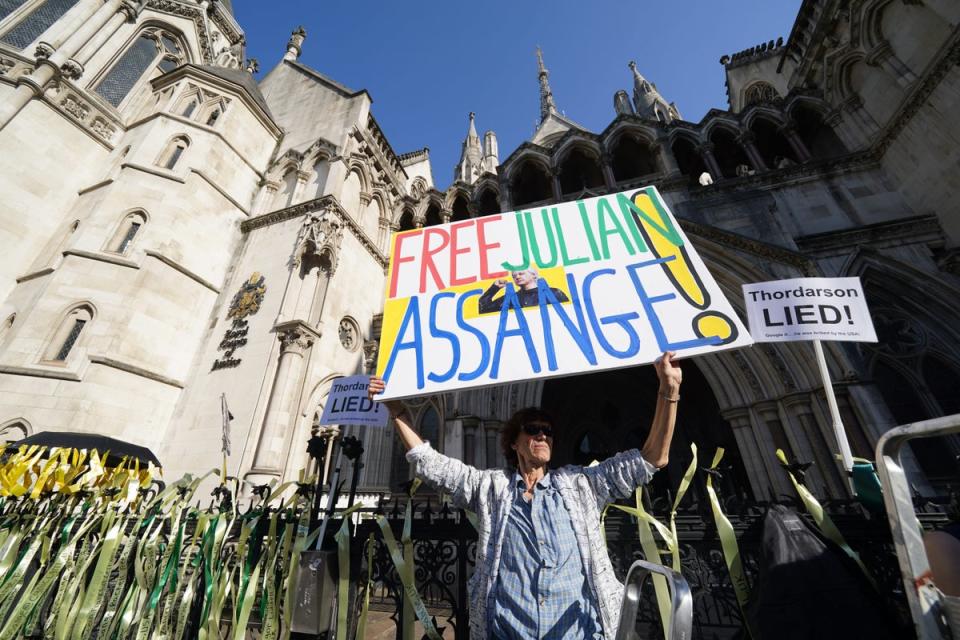
Assange remained in the embassy for seven years, confined to a space of roughly 330 square feet, comprising his private quarters and a few rooms that he shares with Ecuadorian staff. During his stay, he developed a dedicated and global base of supporters, and received visits from celebrities such as Lady Gaga and Pamela Anderson.
While in the embassy, his relations with the Ecuadorian government became increasingly hostile. The country’s foreign minister in 2019 accused Assange of rude behaviour, including riding a skateboard and playing football inside the embassy to threatening embassy staff.
In 2017, Swedish authorities dropped their charges against Assange, but his UK arrest warrant for skipping bail still remained. On April 11 2019, Ecuador revoked his asylum, allowing the Metropolitan Police to enter the embassy and arrest him for "failing to surrender to the court". Assange was subsequently taken to Belmarsh prison, a high-security facility in southeast London. Shortly after his arrest, Assange was indicted on 17 charges under the Espionage Act for publishing classified information and one charge of conspiracy to hack a Pentagon computer network, charges which amounted to up to 175 years in prison.

He remained at Belmarsh for five years, during which time his family and supporters said his physical and mental health had been declining.
On June 25, fourteen years after the Collateral Murder leak, Assange was released after striking aa plea deal with the US, which would allow him to return home to his native Australia. Although it is unclear why Assange has been released now, his family said that the end of his “ordeal” was down to “quiet diplomacy”, while his father thanked the Australian prime minister, Anthony Albanese.


